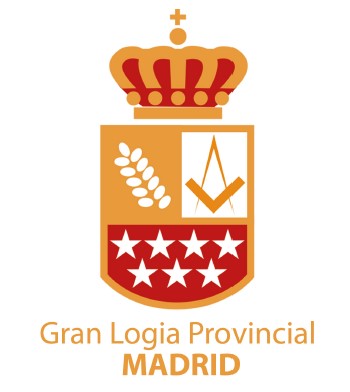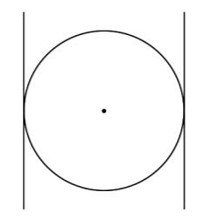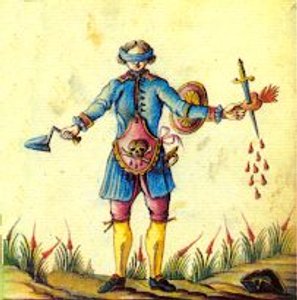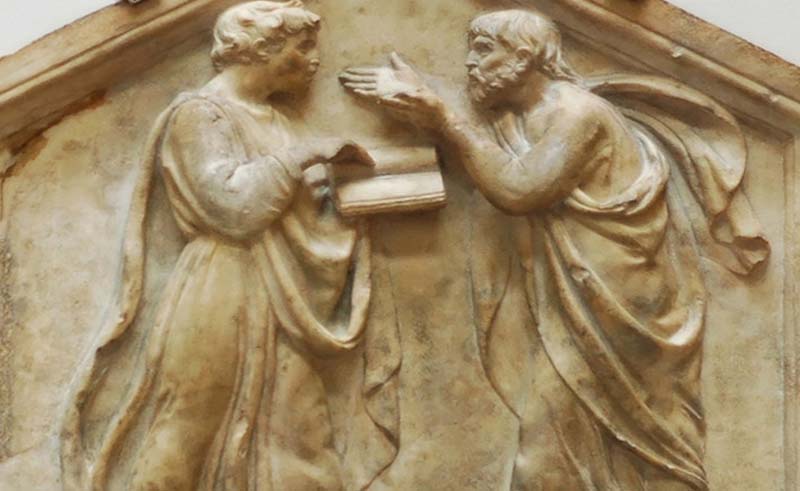Before discussing this symbol, I wanted to briefly share my interpretation process, which will greatly help convey my perspective.
The way I understand symbols and allegories makes me see Freemasonry as a gathering of brothers who seek truth — the truth about the meaning of life, about myself — a quest I undertake by striving to understand the motivations behind behavior, with the ultimate goal of making my social and family environment a better place.
The way I interpret symbols that guide me toward this truth, my truth, is with a disciplined ear and a reflective attitude rooted in silence. Through this approach, I gradually uncover the mysteries and secrets they hold, and as I understand how to put them into practice, a light illuminates wonderful doors I didn’t even know existed.
It has become very clear to me that words always fall short when it comes to uncovering these doors of knowledge. For this reason, we use symbols and allegories. Clearly, the interpretation of symbols is entirely personal; it is part of my secret because it has no utility or meaning for anyone whose nature differs from mine. I have sworn to remain silent about their revelations, and thus they remain locked in my heart, perpetuating themselves over time.
Before delving into this symbol, I want to share a teaching from the Talmud, which has taken on renewed meaning for me since I joined Freemasonry. It states: “The eye only sees what the consciousness is prepared to understand.” This is how my consciousness perceives this symbol, and I hope to add some new detail to its interpretation.
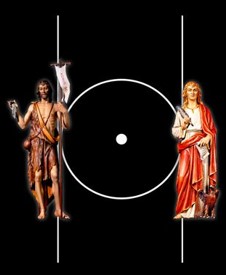
In this first image, we see a circle with a point in the center and, on either side, two parallel lines. Above these lines are two figures. The circle represents the sun in its movement; the two parallel lines, which touch tangentially, symbolize the solar orbit at the moment the sun fully enters the zodiac signs of Cancer and Capricorn. These represent what is known in astronomy as the summer and winter solstices, the points of the sun’s greatest northern and southern declination, which have a significant effect on seasonal temperatures and the length of days.
In the early days of speculative Freemasonry, the figures above the lines were associated with Saint John the Evangelist and Saint John the Baptist, whose feast days in the Catholic calendar are aligned with the solstitial dates, December 27th and June 24th.
The word solstice comes from the Latin solstitium, which can be divided into sol (sun) and stitium (to stop), as during these dates the sun appears to halt its trajectory for a few days.
On December 27th, the sun reaches its greatest southern astronomical declination, making it the longest night of the year. From this point onward, days gradually gain more hours of light, and nights become shorter. The winter solstice, therefore, symbolizes the birth of light, the moment when darkness is defeated by the emerging light.
For hermeticists, profound students of astrology, the black of the longest night symbolizes the state of the soul before moving into the day. It represents the death of the profane at the moment of initiation, the arduous inner work of the initiate on their psychological self. In the temples of ancient Egypt, the priest would approach the initiate and whisper in their ear, “Do not forget that Osiris is a black god.” Osiris was, for the Egyptians, the funerary god, the lord of souls, and the king of the underworld.
At the June solstice, the sun reaches its zenith in the northern hemisphere or the Tropic of Cancer, which is ours. It marks the peak of the sun’s power, the longest day of the year in terms of sunlight. According to alchemists, the sun’s white light represents the moment when man leaves behind darkness to follow the light of knowledge.
For Freemasonry, this concept is one of renewal. We use this astronomical event to solemnly celebrate the awakening of the feeling of renewal and our will for change, in order to reaffirm our most virtuous attitude.
At the feet of John the Evangelist, who is depicted on the right, is the figure of an eagle, known as the “dazed eagle” because its wings are closed. The explanation of this figure is as follows.
Since we are speaking of hermeticism and alchemy, I will briefly clarify these terms.
Hermeticism is a broad philosophical and religious doctrine that integrates human beings into the universe they inhabit. In other words, it seeks the exaltation of the human spirit through the understanding of mankind as part of the nature in which it is embedded, along with the thought of the Great Architect of the Universe (G.A.D.U.) and His work. Hermeticism is based on the pseudoepigraphical texts of the Greco-Egyptian Hermes Trismegistus, or “thrice-great Hermes.”
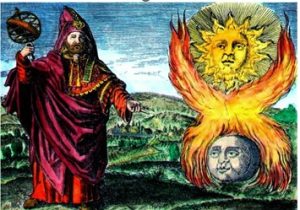
In the slide, we can see Hermes with the sun and the moon, symbolizing celestial and earthly virtues. Between them is the purifying fire, representing the second of the seven hermetic principles from the Kybalion, known as the Principle of Correspondence, which is summarized as “As above, so below.”
Hermetic theory has been regarded by Renaissance classics as the essence of prisca theologia or “ancient theology,” a doctrine within the field of comparative religious studies that asserts a true and singular theology underlies all religions, granted by God to humanity in antiquity. This Renaissance concept of prisca theologia decisively influenced the cultural and religious movements of Western Europe during the 15th and 16th centuries, serving as a bridge between the Middle Ages and the modern era.
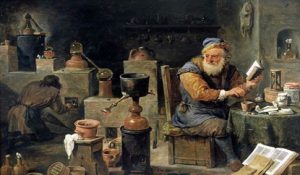
Fermín Caballero
